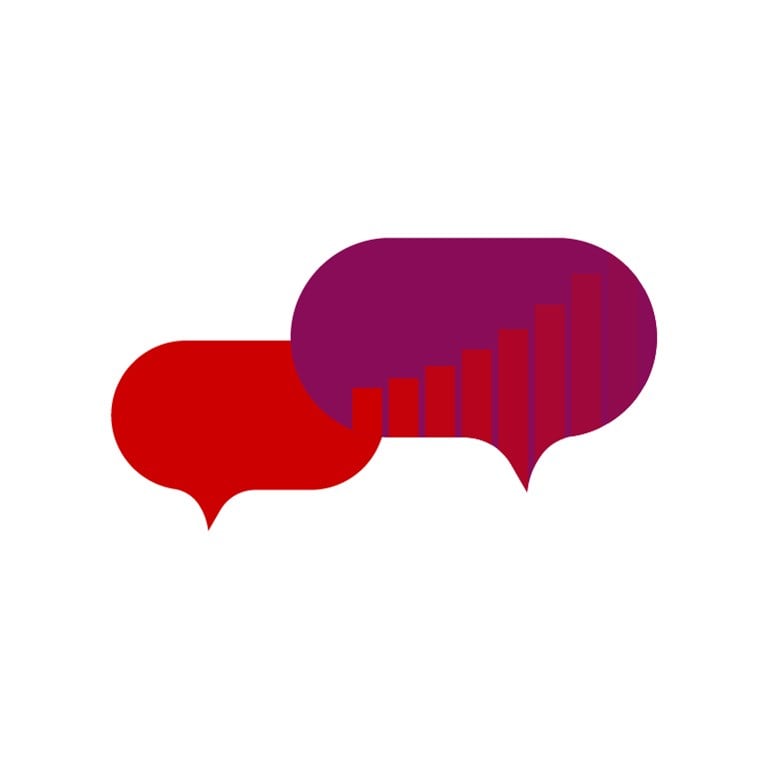The Customer Confidential Podcast
NPS Prism: The Source for True, Deep NPS Insights
Bain’s Jason Barro shares an inside look at the benchmarking platform that’s helping companies transform the customer experience.
The Customer Confidential Podcast
Bain’s Jason Barro shares an inside look at the benchmarking platform that’s helping companies transform the customer experience.

Think back to the last time you were grocery shopping. How long did you wait to check out? Were there plenty of registers, and were the workers friendly? It’s no secret that a crucial part of growing and maintaining customer satisfaction is understanding the customer’s journey. But raising a company’s Net Promoter Score takes a bit more than that. It’s about executing a purpose-driven strategy based not only on internal data but competitors’ data as well.
Jason Barro, a partner with Bain’s Customer Strategy & Marketing practice and founder of NPS Prism, Bain’s customer experience benchmarking service, is helping companies get data-based insights to understand their strengths and weaknesses and see how they stack up against competitors. NPS Prism not only captures thousands of Net Promoter Scores across industries such as grocery, insurance, and financial services but also gets at the “why” behind the score. In short, NPS Prism helps companies understand the customer journey, how it stacks up against the competition, and where to make changes.
Of the many industries in which NPS Prism has already gathered data, grocery stands out to Jason.
“One of the things that’s clear in our checkout data is that wait time matters in checkout. But the question is, where is the breaking point?” Jason asks. “Is it at 1 minute, or 5, or 10? And then the question is, where does that stand on speed relative to competitors?”
But as interesting as that data is alone, Jason emphasizes that in any industry, not just grocery, it’s essential to take these insights, learn from them and your competitors, and take action.
“We can tell grocers, ‘You have 60% of your customers who check out in under five minutes, but the best benchmark is 80%,’” Jason says.
And depending on a company’s cost structure and long-term strategy, companies can use this data to find a way forward. In the grocery example, Jason says the NPS Prism tool might offer clients three choices to improve consumer sentiment: “You can make something faster, you can make people more friendly, or you can change the blame percentage.”
But true NPS innovation, Jason says, comes down to identifying pain points across your industry and figuring out how much of your business model to risk trying something new, different, and perhaps difficult.
“If you’re a bank and you’re going to make me come into a branch to open an account because you want to cross-sell me, eventually somebody’s going to figure out that alternative banks let you open an account with five swipes of your thumb,” Jason says.
In this episode, Jason and I discuss how NPS Prism helps companies focus on the right data, decide which path to take forward, and ensure that they remain competitive as new incumbents come onto the scene primed for disruption.
In the following excerpt, we discuss how NPS Prism has helped banking clients understand where detractors are actually coming from and why process and mindset shifts can improve NPS long-term.
Rob: Can you describe how developing NPS Prism instruments impacted clients’ decision making?
Jason: I've had multiple banks always worried about disputes. They think to make your customers happier on fees, waive more fees. They're convinced the thing that's mattering the most is the rate at which you say “yes.” And walking customers through the process of “here is where you are on your ‘yes’ percentage.”
For example, a bank I just showed this to isn’t getting credit for their “yeses.” They say “yes” just as much as everybody else, but their “yeses” are less happy. It's because they make customers work too hard. It's a process problem. They send customers through channels that don't work. They wait on hold for too long. They have people gaps. Saying “yes” fast and nicely is taking customers and clients through this process of realizing there are other drivers.
Saying “yes” nicer, figuring out how to communicate better, and not having people wait on hold for 30 minutes is all about providing this menu of options clients didn't know was there.

Explore more episodes of The Customer Confidential Podcast.